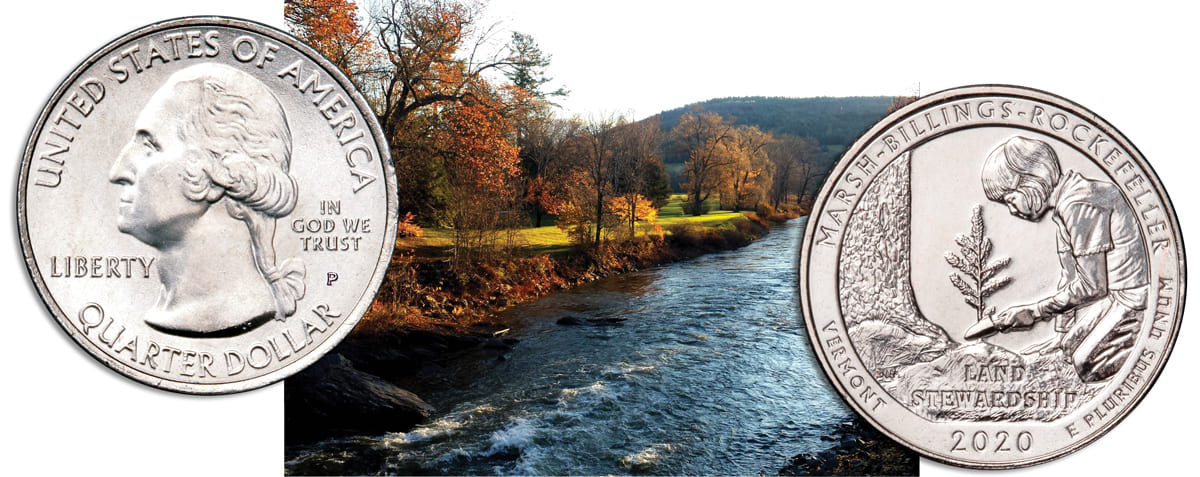
Located in Woodstock, VT, the Marsh-Billings-Rockefeller National Historical Park is devoted to land stewardship. Its mission originated with George Perkins Marsh born here in 1801. A young George witnessed the deforestation and erosion of Mount Tom located behind the family’s farm due to the era’s fast-moving lumber industry and a growing nation’s need for construction material. A more mature George, as state railroad commissioner, noted the dramatic decline of fish in rivers and lakes that he attributed to industrialization as well as deforestation. In 1864, the lawyer-turned diplomat, published his ground-breaking book Man and Nature, arguing that trees are nature’s stabilizing agents.
In 1869, Northern Pacific Railway tycoon Frederick Billings bought the 270-acre Marsh farm. Billings renovated the Federal-style brick mansion, adding numerous Victorian stylings. He also bought adjacent land, increasing his holdings to 1,000 acres, and planted enough corn to garner the status of the largest field in Vermont. Interested in land stewardship of all kinds, Billings established a scientifically managed herd of Jersey cows and operated a butter-making creamery. Using progressive forestry methods, he replanted Mount Tom and managed it as a woodland park while also harvesting timber by following a select method of logging. Billings further created a network of carriage roads and trails with scenic vistas on his property. When he died, his widow and then three daughters took over management of the sprawling enterprise.
In the early 1950s, a Billings granddaughter, Mary French Rockefeller, and her husband, Laurance S. Rockefeller, inherited the working farm and woodlands. In 1983 they opened the Billings Farm & Museum. Then in 1992, the couple donated the property that included 555 acres of Mount Tom forest, to the National Park Service. On June 5, 1998, the Marsh-Billings-Rockefeller National Historical Park opened.
Learn more about the Marsh-Billings-Rockefeller National Historical Park.
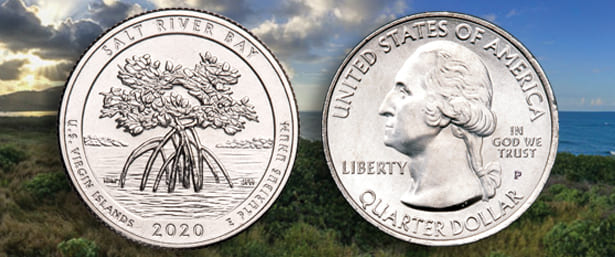
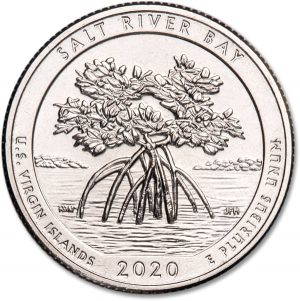
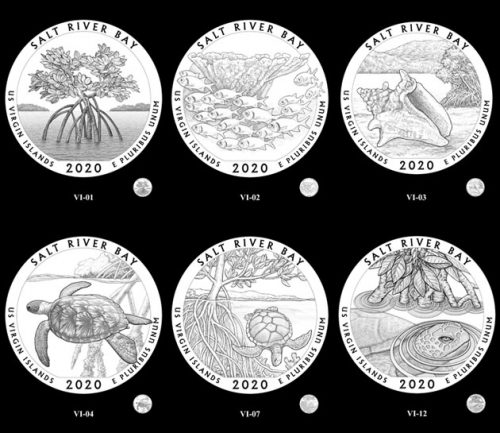
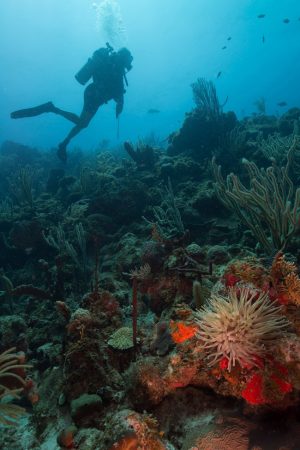 A broad estuary on the northern coast of St. Croix in the U.S. Virgin Islands, Salt River Bay National Historical Park and Ecological Preserve is a site of great natural and historical significance. While protecting upland watersheds, mangrove forests and a delicate ecosystem that supports threatened and endangered species, Salt River Bay also features archaeological and historical heritage encompassing over 2,000 years and every period of human habitation in the Virgin Islands. This includes several Native American cultures, an encounter with Christopher Columbus and colonization by several European countries.
A broad estuary on the northern coast of St. Croix in the U.S. Virgin Islands, Salt River Bay National Historical Park and Ecological Preserve is a site of great natural and historical significance. While protecting upland watersheds, mangrove forests and a delicate ecosystem that supports threatened and endangered species, Salt River Bay also features archaeological and historical heritage encompassing over 2,000 years and every period of human habitation in the Virgin Islands. This includes several Native American cultures, an encounter with Christopher Columbus and colonization by several European countries.